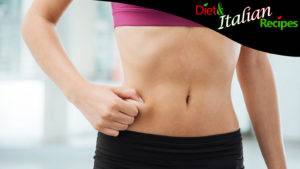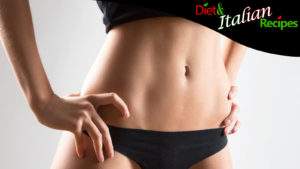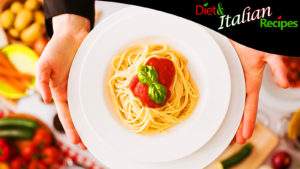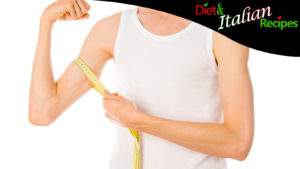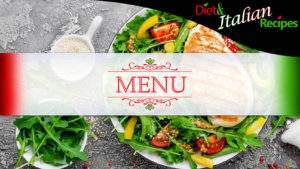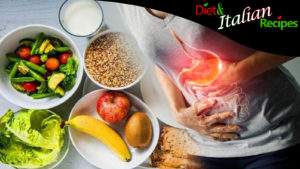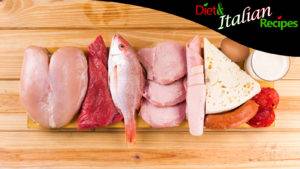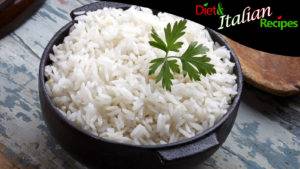Losing weight by eating pasta may seem like a dream, but it’s actually a reality. With a balanced weekly diet menu, this has become possible. In this detailed article, you will discover the pasta diet, which explains how you can lose weight by eating pasta and whether it can make you gain weight. It is indeed possible, and most importantly, enjoyable, to give our bodies the necessary carbohydrates for weight loss through an easy and effective diet. Finally, we will demonstrate that whole wheat pasta, with the same calorie content, is the most effective type of pasta for losing weight while enjoying it.
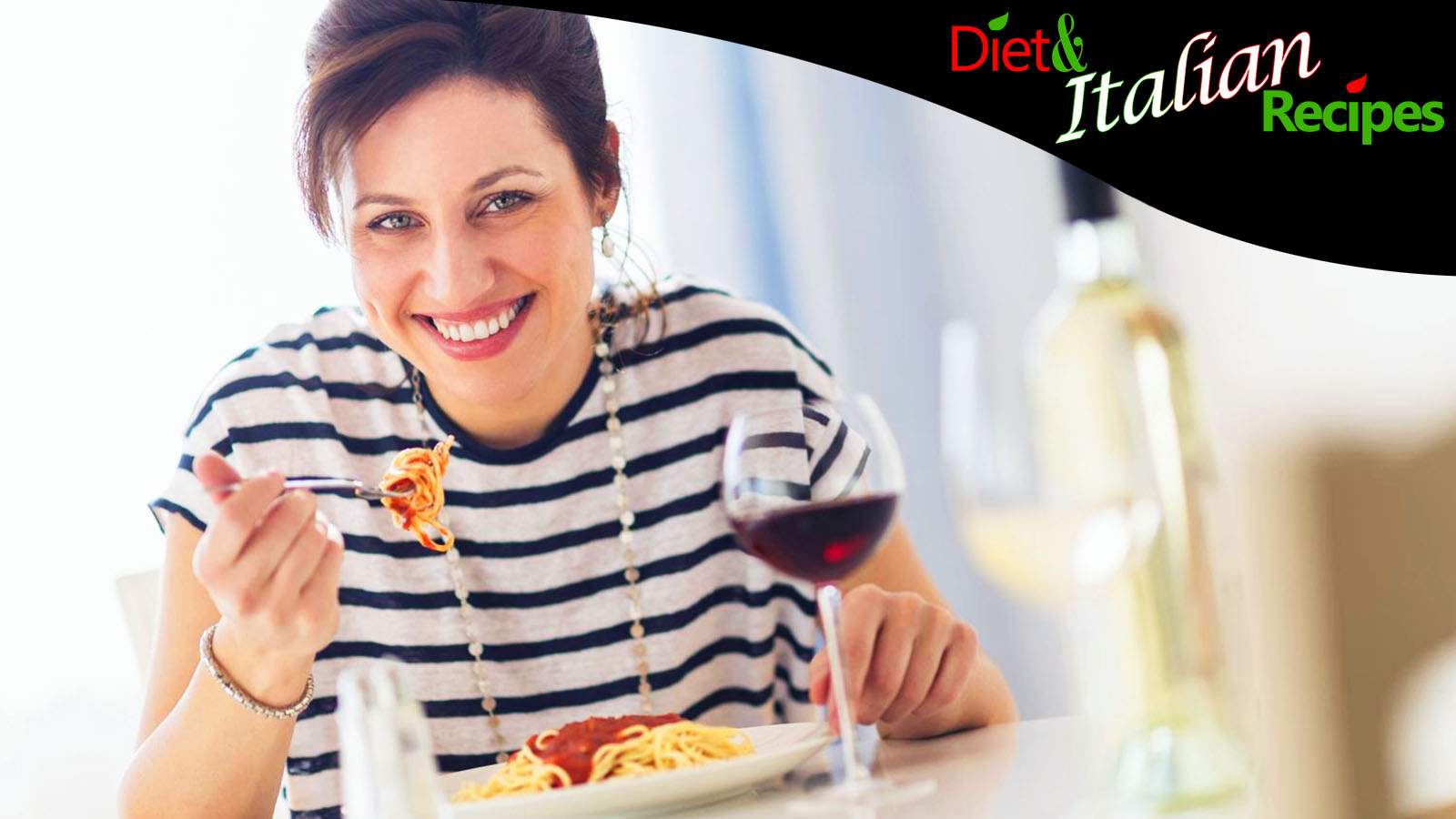
Easy Diet to Lose Weight by Eating Pasta
Pasta diet, the easy diet to lose weight by eating pasta. We are tired of diets based on vegetables and boiled fish that ultimately demoralize us and make us abandon our diet journey. That’s why we searched to see if you can go on a diet with pasta or if it makes you gain weight, and if it’s true that by adjusting the amounts of pasta for lunch, you can truly lose weight.
We sought answers, and in the end, the Pasta Diet emerged out of nowhere, which is precisely an easy way to lose weight by eating pasta in a balanced manner. Anyone who wants to drop two dress sizes without making sacrifices would pay to hear “here’s a diet to lose weight with pasta for lunch“, but instead, we’re telling you for free!
The Pasta Diet
Pasta diet, the easy diet to lose weight by eating pasta. The pasta diet exists, and it’s much healthier and lighter than people believe because, unlike the dishes prepared by grandma, this diet requires not going overboard with the quantities! Additionally, by eating pasta for lunch, you immediately reach the 50-60% amount of carbohydrates that the body needs daily, so it’s important not to exceed that.
Pasta in a diet is a valid substitute for bread, which, being leavened, can cause bloating and make us quickly become not-so-light balloons. There isn’t a specific type of slimming pasta to choose from, but like many dieticians and nutritionists, we suggest whole wheat pasta.
Weekly Balanced Diet Menu
How does the easy pasta diet work? It requires a weekly balanced diet menu that can be adapted for as long as desired. So here it is. Below is how to follow the diet with pasta:
- Easy pasta diet for breakfast: one yogurt (or a cup of milk), coffee or tea, and one fruit (if you skip bread in the evening, you can also have two cookies).
- Easy pasta diet for lunch: 2.82 ounces of pasta simply dressed (tomato sauce and basil; pesto; vegetables) accompanied by 7.05 ounces of mixed salad (many dieticians recommend eating the salad first).
- Easy pasta diet for dinner: instead, a protein-based meal should be consumed, such as 2.82 ounces of meat, a small fish, a two-egg omelet, or a legume soup (don’t overdo the quantities). Pair the proteins with a side of lightly boiled vegetables seasoned with a tablespoon of oil and a pinch of salt. When legumes are not eaten for dinner, it’s possible to have 1.41 ounces of bread.
- Easy pasta diet, Snacks: for the morning snack, it is recommended to have 8.45 fluid ounces of fruit juice, a fresh juice, or a smoothie, while for the afternoon snack, a fresh fruit.
- The dressings should be light, so a tomato and basil sauce is perfect, or with vegetables or fish. On the other hand, dressings with meat, ragu, cheek lard, bacon, and sausage should be avoided.
If you faithfully adhere to these guidelines, you should achieve good results, but we can’t guarantee immediate effects, as it depends on many subjective factors.
Frequently Asked Questions about the Easy Pasta Diet for Weight Loss
The pasta diet, the easy diet for losing weight by eating pasta. Let’s admit it, “losing weight by eating pasta” sounds absurd to all of us at first, and even after delving deeper, there are still unanswered questions. So let’s find out if you can truly lose weight with pasta.
Which pasta has the fewest calories?
Direct question, direct answer: The pasta with the fewest calories is definitely whole wheat pasta, and now we’ll explain why with numbers:
- Calories in durum wheat pasta: 360 calories per 3,5 oz
- Calories in rice pasta: 340 calories per 3,5 oz
- Calories in soy pasta: 330 calories per 3,5 oz
- Calories in legume pasta: 350 calories per 3,5 oz
- Calories in whole wheat pasta: 320 calories per 3,5 oz
Does eating only pasta make you lose weight?
The pasta diet, the easy diet for losing weight by eating pasta. For example: Does eating only pasta make you lose weight? No, eating ONLY pasta makes you deteriorate. In the sense that pasta, unfortunately, is not rich in vitamins, minerals, high-quality proteins, and beneficial nutrients for the body, like legumes, vegetables, fruit, meat, and fish are. However, including pasta in a balanced weekly diet for weight loss works; you can lose weight with pasta.
Does whole wheat pasta make you gain weight?
The pasta diet, the easy diet for losing weight by eating pasta. Another question is: Does whole wheat pasta make you gain weight? Just because it has the same number of calories as refined pasta doesn’t mean it makes you gain weight! Firstly, whether a food makes us gain or lose weight depends on the quantity. But then why choose whole wheat pasta? Losing weight by eating whole wheat pasta, with the same calorie intake, is possible by adjusting the portions, and you also obtain many benefits:
- It contains more dietary fiber, stimulating digestion, but it’s not recommended for those with irritable bowel syndrome, acid reflux, or heartburn, pregnant women, and children.
- It also contains more macronutrients while maintaining a low glycemic index, which is beneficial for diabetics.
- If we garnish whole wheat pasta with a side of vegetables and legumes, we immediately have a complete and healthy meal.
SHARE Lose weight by eating pasta, the easy and effective diet.
The information provided in the Diet and Italian Recipes articles is for INFORMATION ONLY and does not intend to replace the opinion of professional figures such as a doctor, nutritionist, or dietitian, whose intervention is necessary for the prescription and composition of personalized dietary therapies.

